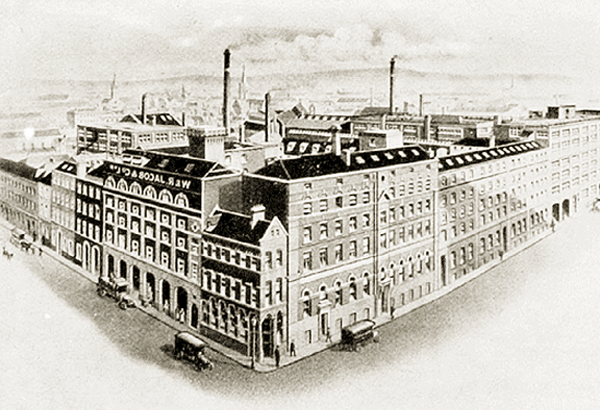Echoes of the past from the archives
That the events across Europe between 1912 and 1924 damaged the minds of a generation of European is widely accepted by historians. The “”shell shock” and “neurasthenia” suffered by those who fought on all sides is well documented. The troubles politics and social life of the 1920 and 1930s had its origins here.
But in Ireland the “shell shock” of those who fought in against the British and then in the Civil War has been largely ignored. It is still for many an unacceptable facet of the decade of commemoration which has yet to be faced up to.
One of the newly released files casts some light on this shadowy area of Irish life and history.
On August 9, 1935, the Executive Council of the Irish Free State excercised its prerogative of mercy and commuted to life imprisonment the sentence of death for murder that had been passed on Cmdt. Leo O’Brien by the Central Criminal Court and maintained by the Court of Appeal.
This was the result of a petition signed by some 60,000 people including the Archbishop of Dublin. In pleading for mercy many had alluded to Cmdt. O’Brien’s national record in the IRA and the Free State Army.
The murder took place on 3 November. O’Brien shot his brother-in-law a man named Stokes, a civil servant in the department of Education, three times. He was tried twice, the jury disagreeing about his sanity at the first trial.
At his trials he had pleaded not guilty, and his defence team, headed by the distinguished Cecil Lavery KC, put forward a plea of temporary insanity on his behalf.
As part of this matter the government formally dismissed O’Brien from his army commission. In the released files there is preserved his plea in respect of maintaining his rank as a Commandant. It casts an important light on a neglected aspect of the decade of commemoration.
O’Brien, with the assistance of his legal team, made a representation from prison appealing to retain his rank. he wished instead simply to resign. In the course of the criminal proceedings brought against him, some six mental specialists, one of them Dr Leeper, in charge of the Central Mental Hospital for the Criminally Insane, gave evidence.
“All of these experts were agreed that I am physically of a neurotic or highly strung temperament and, therefore, predisposed to emotional instability and as such I am more liable than another to come under an incontrollable impulse, and which is most important they also agreed that this abnormality is the result of continued strain for a number of years on my nerve system caused by the possibility of meeting a sudden and violent death during the period of hostilities 1916-1919-1921.
“Since 1913 when I became a member of Na Fianna Eireann I have unstintingly given my best service in the fighting forces of our country, and have during that period of over 21 years unbroken service I have never at any time been guilty of any misconduct, or a breach of discipline, also my honour and character both military and otherwise have always been without stain or blemish.”
Dismissal
Bearing in mind the opinions of the mental and nerve experts he thought it would be very hard to suffer after his long service ignominious dismissal, and he request that he be allowed to resign his commission.
Further research by The Irish Catholic has brought to light aspects of the background of Leo O’Brien that are relevant. He and his victim had married two sisters, the daughter of a professional photographer in Limerick City.
When O’Brien was arrested by the police, he asked was Stokes dead. He remarked that the [expletive deleted] son of an RIC man “was no loss”. It was true that Stokes’ father had been in the RIC, though after leaving the police he had been an inspector for the NCPCC.
In contrast to this O’Brien’s father was employed as manager of a club. Having lost his mother while very young, he was reared with nine other siblings in a tenement in York Street. He left school at 14½, and had irregular employment.
He joined the Fianna and had found a purpose in life. He was in the Jacob’s garrison in the Rising, acting as a messenger to the Citizens Army men in Stephen’s Green. Later he was active with the IRA units in Dublin.
Among the attacks and bombings that he took part in he was one of the party who shot “an enemy intelligence agent” at 28 Earlsfort Terrace. – one of the 14 shot on the morning of Bloody Sunday, November 21, 1921 (Bureau of Military History witness statement 1299, p.11). The victim was RIC Sergt. John J. Fitzgerald.
On the evening that the truce was agreed he was Company Commander of “G” company who were to have taken part in attacks on police and military across Dublin. According to one of the unit if it had not been called off would have been the most sensational and sanguinary action since the Rising (BMH ws 1147). (2016/51/185)


 Peter Costello
Peter Costello
